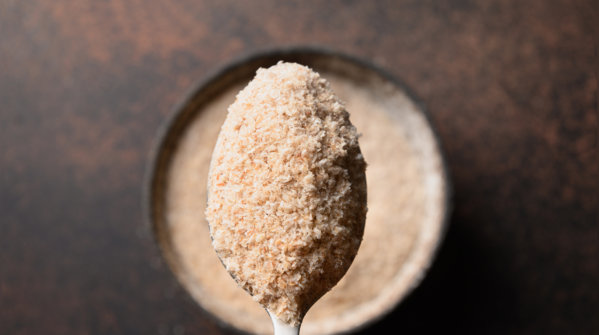- News
- lifestyle
- health-fitness
- diet
- From curd to chapati: 6 simple ways to take Psyllium Husk without water
From curd to chapati: 6 simple ways to take Psyllium Husk without water

Want to try Psyllium Husk without water? Here are 5 healthy ideas
Psyllium husk, more commonly known as Isabgol, has been a trusted home remedy in our households for ages. Known for its benefits in relieving constipation, supporting gut health, managing cholesterol, and even helping in weight loss, psyllium husk is generally consumed with water. But not everyone enjoys its texture in plain water, and some even avoid it because of the discomfort it might cause when not taken correctly.
There are more interesting and healthier ways to consume psyllium husk without gulping it down with water. When added creatively to daily meals or snacks, psyllium husk can turn into a powerful health booster without losing its properties. Here are 6 ways to include it in our everyday diet without using water.

Mix into curd or dahi
One of the simplest ways to consume psyllium husk is by mixing it into a bowl of fresh curd. The natural moisture in curd helps bind the husk well, making it easier to swallow and digest. It also improves gut health as both curd (rich in probiotics) and psyllium (rich in fiber) support digestion.
Tip: Add a pinch of roasted cumin powder or a dash of black salt to curd and mix 1 teaspoon of psyllium husk. This combination works well as a cooling mid-meal snack or even after lunch.

Add to roti or paratha dough
Psyllium husk can easily become a part of daily meals by being it directly into wheat flour while kneading dough. It not only adds fiber to the roti but also makes the texture a little softer. Since it absorbs moisture well, it keeps the roti moist for longer.
How to use: Mix 1 to 2 teaspoons of psyllium husk in dough made for 3–4 rotis. Make sure to increase the water slightly while kneading, as the husk will soak it up.

Blend into smoothies or milkshakes
For those who prefer fruity flavors, psyllium husk can be blended into smoothies or milk-based drinks like banana shakes or mango shakes. It gives a slightly thick texture and adds bulk to the drink, helping in better satiety.
Important note: Once added to any drink, psyllium husk thickens quickly. It’s best to consume the smoothie immediately after preparation to avoid it becoming too gelatinous.

Sprinkle over oats, upma or poha
Psyllium husk can be sprinkled over soft foods like oats, upma, or poha once they are cooked. These dishes already have a certain moisture content, which allows the husk to blend easily without forming lumps.
Serving idea: Add psyllium just before eating and stir it lightly into the dish. Topping a bowl of masala oats or even dalia with a spoon of husk can increase its fiber value instantly.

Mix into homemade ladoo or energy balls
Psyllium husk acts as a natural binder and can be a smart addition to homemade ladoos or energy bites made from dates, dry fruits, and nuts. It adds bulk without changing the taste much and helps keep the gut clean.
How to use: While binding ingredients like dates, almonds, and flaxseeds into small balls, add a teaspoon of psyllium husk to the mixture. It helps hold everything together and offers digestive benefits.

Why these methods work
Unlike water, these methods use natural moisture from food items like curd, fruits, or grains to activate psyllium husk without making it feel sticky or uncomfortable to swallow. For individuals who find it hard to consume psyllium in liquid form, these ideas are more sustainable and easier to adopt into regular eating habits.









